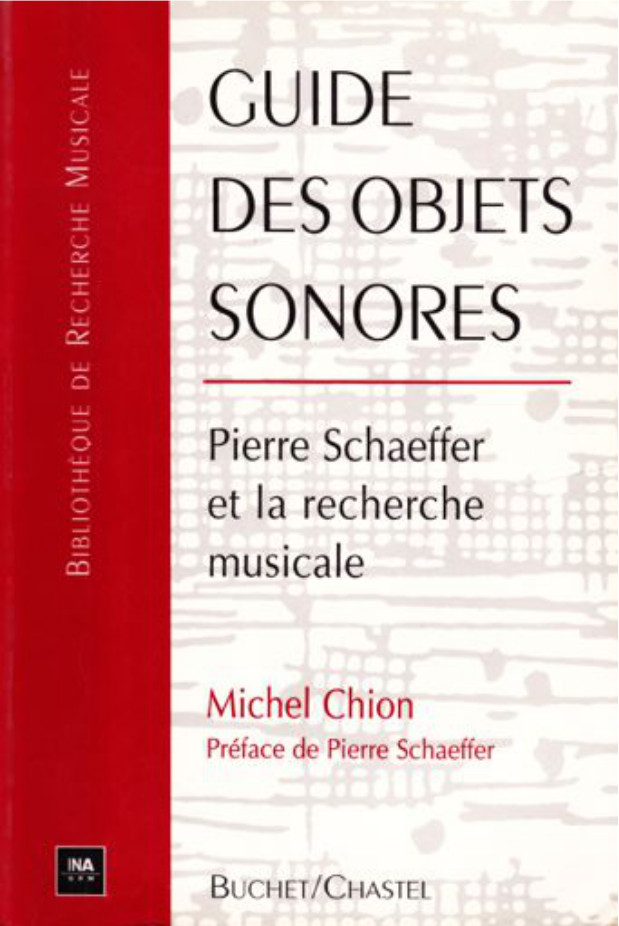Caleb Kelly: Cracked Media: The Sound of Malfunction (2009)
Filed under book | Tags: · experimental music, glitch, music, music history, noise, sound recording

From the mid-twentieth century into the twenty-first, artists and musicians manipulated, cracked, and broke audio media technologies to produce novel sounds and performances. Artists and musicians, including John Cage, Nam June Paik, Yasunao Tone, and Oval, pulled apart both playback devices (phonographs and compact disc players) and the recorded media (vinyl records and compact discs) to create an extended sound palette. In Cracked Media, Caleb Kelly explores how the deliberate utilization of the normally undesirable (a crack, a break) has become the site of productive creation. Cracked media, Kelly writes, slides across disciplines, through music, sound, and noise. Cracked media encompasses everything from Cage’s silences and indeterminacies, to Paik’s often humorous tape works, to the cold and clean sounds of digital glitch in the work of Tone and Oval. Kelly offers a detailed historical account of these practices, arguing that they can be read as precursors to contemporary new media.
Kelly looks at the nature of recording technology and the music industry in relation to the crack and the break, and discusses the various manifestations of noise, concluding that neither theories of recording nor theories of noise offer an adequate framework for understanding cracked media. Connecting the historical avant-garde to modern-day turntablism, and predigital destructive techniques to the digital ticks, pops, and clicks of the glitch, Kelly proposes new media theorizations of cracked media that focus on materiality and the everyday.
Publisher MIT Press, 2009
ISBN 0262013142, 9780262013147
392 pages
Download (removed on 2013-12-5 upon request of the author)
See Caleb Kelly’s Cracked and Broken Media in 20th and 21st Century Music and Sound, 2006 (added on 2014-2-19)
Evan Selinger (ed.): Postphenomenology. A Critical Companion to Ihde (2006)
Filed under book | Tags: · electronic music, epistemology, ethics, hermeneutics, music, ontology, phenomenology, philosophy, philosophy of technology, sound recording, synthesis, technoscience

“Postphenomenology is the first book devoted exclusively to the interpretation and advancement of prominent phenomenologist Don Ihde’s landmark contributions to history, philosophy, sociology, science, sound studies, and technology studies. Ihde has made a direct and lasting impact on the study of technological experience across the disciplines and acquired an international following of diverse scholars along the way, many of whom contribute to Postphenomenology, including Albert Borgmann, who characterizes Ihde as being “among the most interesting and provocative contemporary American philosophers.” The contributors situate, assess, and apply Ihde’s philosophy with respect to the primary themes that his oeuvre emphasizes. They not only clarify Ihde’s work, but also make significant contributions to the philosophy of technology, phenomenology, hermeneutics, and the philosophy of science. A comprehensive response from Ihde concludes the volume.”
Publisher SUNY Press, 2006
ISBN 0791467872, 9780791467879
307 pages
PDF (updated on 2021-8-16)
Comments (2)Michel Chion: Guide To Sound Objects: Pierre Schaeffer and Musical Research (1983–) [FR, EN]
Filed under book | Tags: · acoustics, electroacoustic music, listening, music, musique concrète, research, sound recording

This work is an introductory guide to the monumental Traité des objets musicaux. An index lists each Schaeferian term. Discussions of each of the terms include a combination of Pierre Schaeffer’s key ideas, includinga short definition, and the inclusion of reference pages within the Traité des objets musicaux.
Publisher Buchet/Chastel, Paris, and Institut National de l’Audiovisuel, Bry-sur-Marne, 1983/1995
ISBN 2702014399
187 pages
English edition
Translated by John Dack and Christine North
London, 2009
212 pages
Guide des objets sonores: Pierre Schaeffer et la recherche musicale (French, 1983/1995, added on 2014-3-8)
Guide To Sound Objects: Pierre Schaeffer and Musical Research (English, trans. John Dack and Christine North, updated on 2012-8-3), Chapters (on EARS, added on 2014-11-16), Scribd (updated on 2012-8-3)

